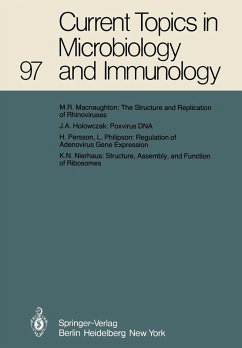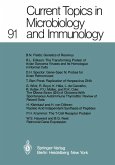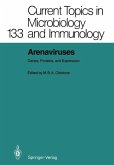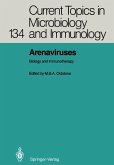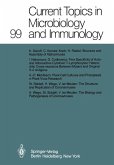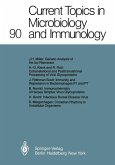Many of the fundamental concepts of animal virology originated from the study of the variola-cowpox-vaccinia virus system with vaccinia virus serving as the type species (Fen nerand Burnet 1957; Burnet 1959; Fenner 1976a, b). The importance of the Poxviridae(Fen ner 1979) for the study of viruses as biologic entities and in defIning the events which occur in virus-infected cells are exemplifIed by investigations which: (a) described the epidemiology of a virus disease in an animal population (Fenner1949, 1959b); (b) em ployed electron microscopy to study virion structure (Peters 1956, Nagington and Home 1962, Dales and Siminovitch 1961) and to derme the morphologic stages of virion develop ment in infected cells (Morgan et al. 1954, Dales 1963); (c) dermed and elaborated on the mechanism of nongenetic reactivation for an animal virus (Joklik et al. 1960a, Fenner and Woodroofe 1960, Hanafusa 1960); (d) described the intracellular uncoating of a viral genome (Joklik 1964a, b); (e) studied the antigenic structure and complexity of poxvirions (Loh and Riggs 1961, Woodroofe and Fenner 1962, Appleyard et al. 1964, Appleyard and Westwood 1964); (1) described the use of chemotherapy to treat viral infec tions (Bauer et al. 1963); (g) fIrst demonstrated the presence of virion-coded enzymes encapsulated within virions (Kates and McAuslan 1967, Munyon et al. 1967); and (h) established the H -2 restriction of cytotoxic T-cell killing of virus-infected cells in the murine system (Doherty et al. 1976).
Hinweis: Dieser Artikel kann nur an eine deutsche Lieferadresse ausgeliefert werden.
Hinweis: Dieser Artikel kann nur an eine deutsche Lieferadresse ausgeliefert werden.

